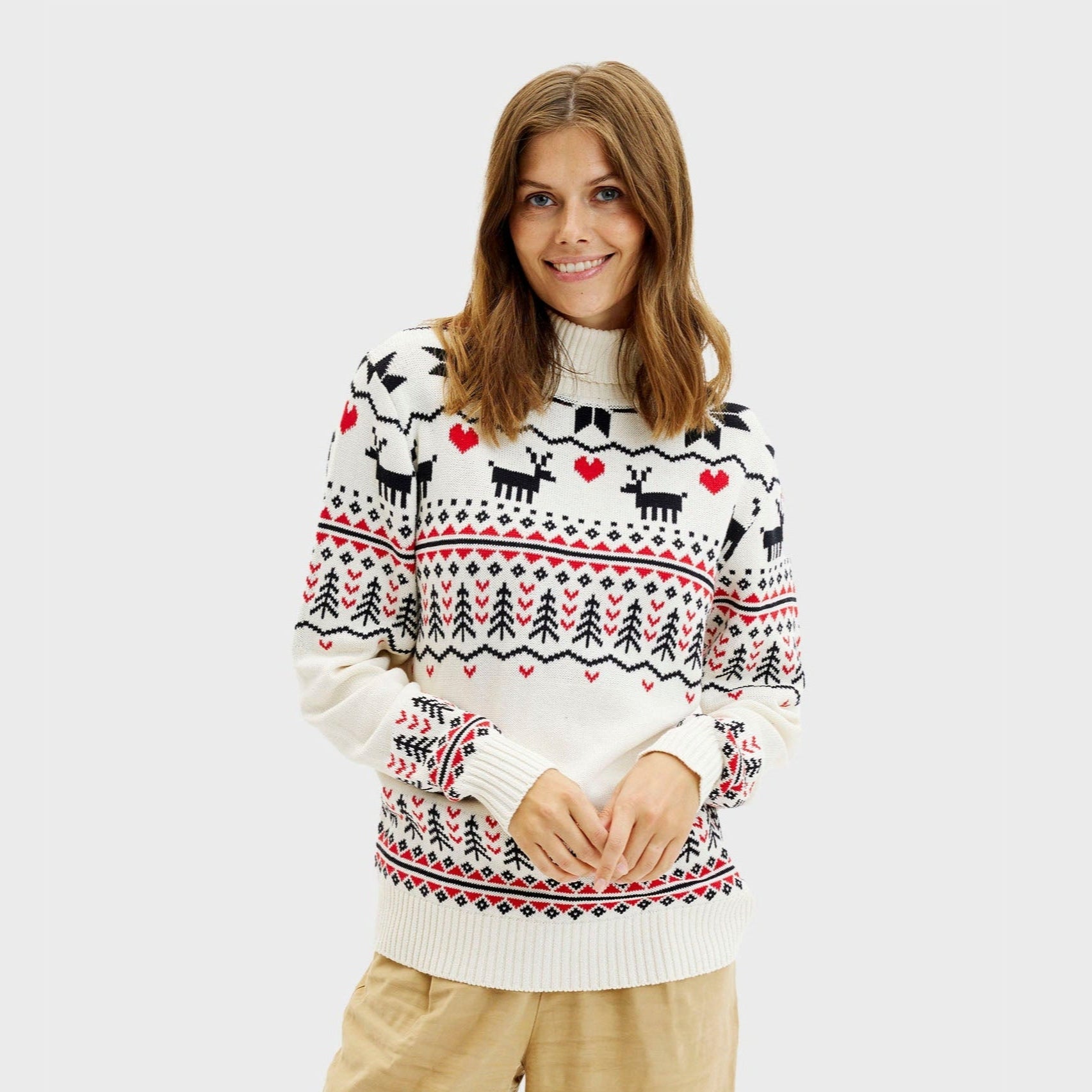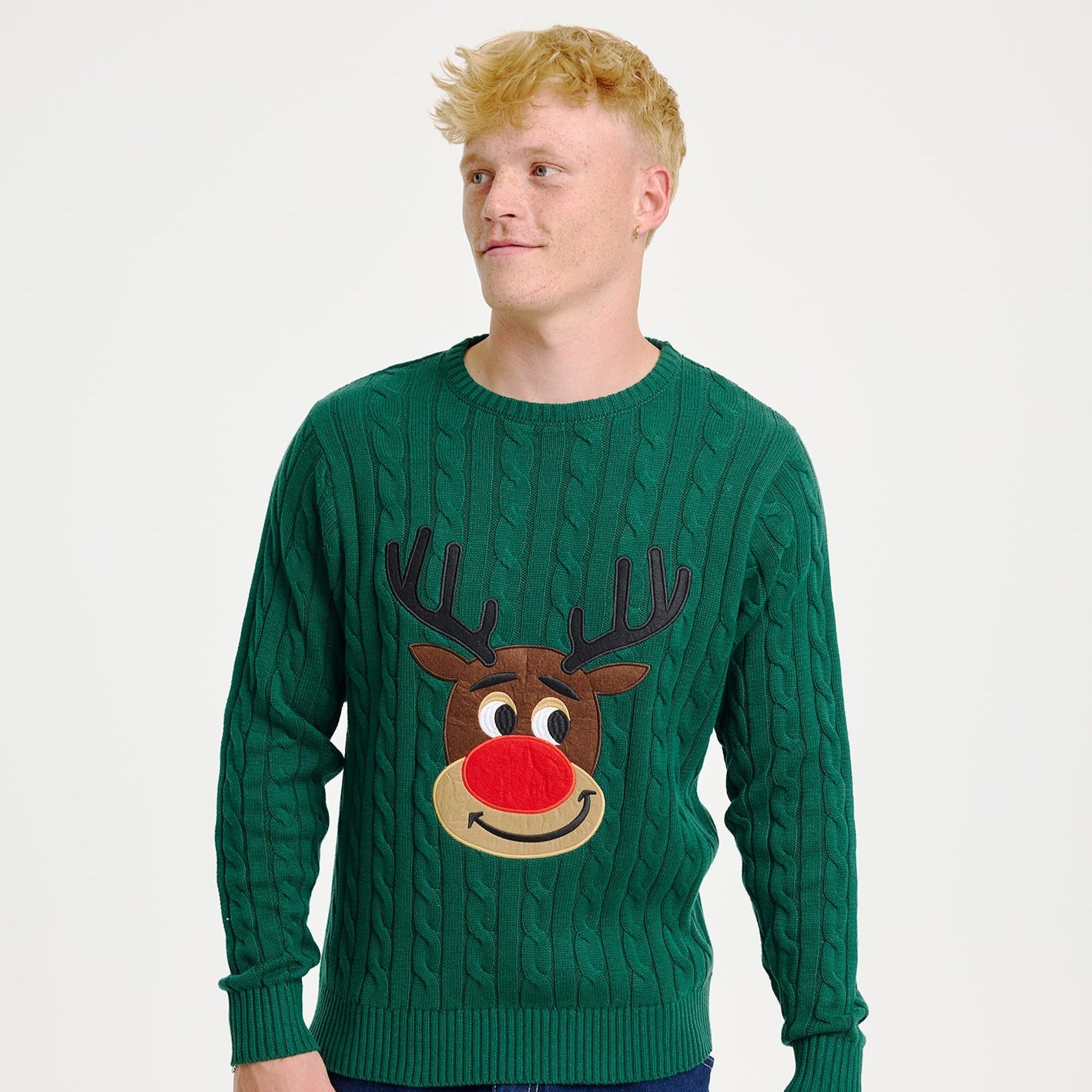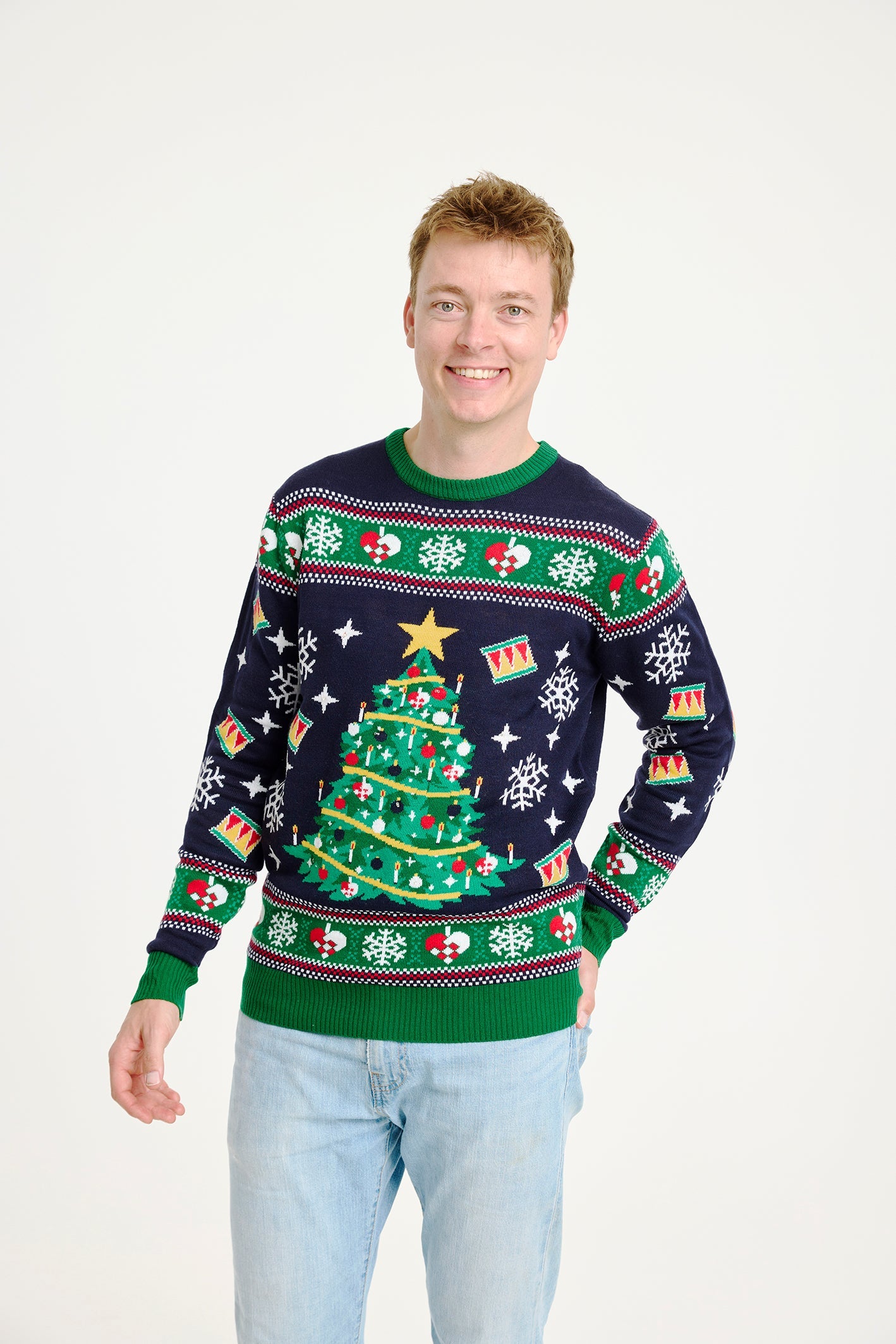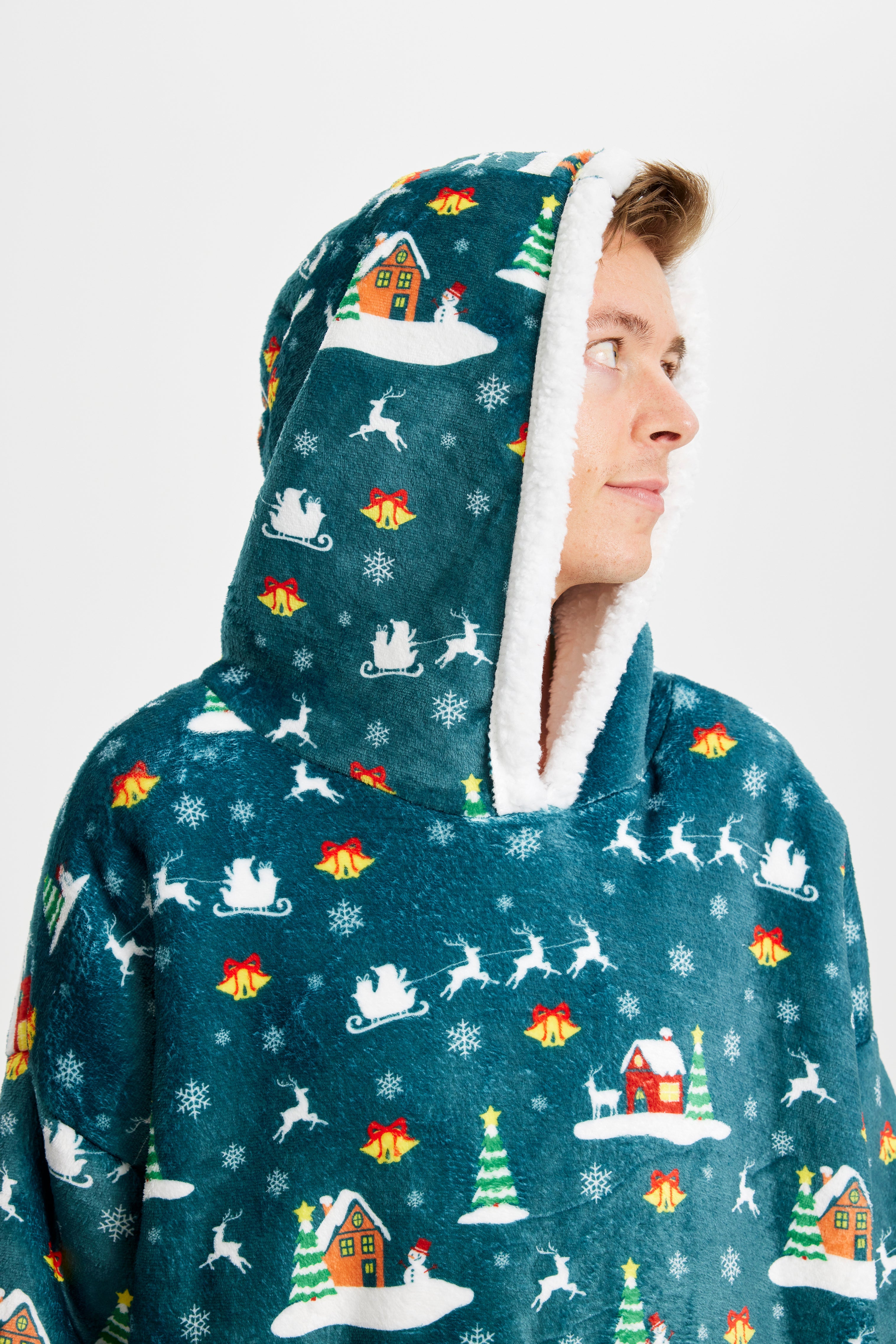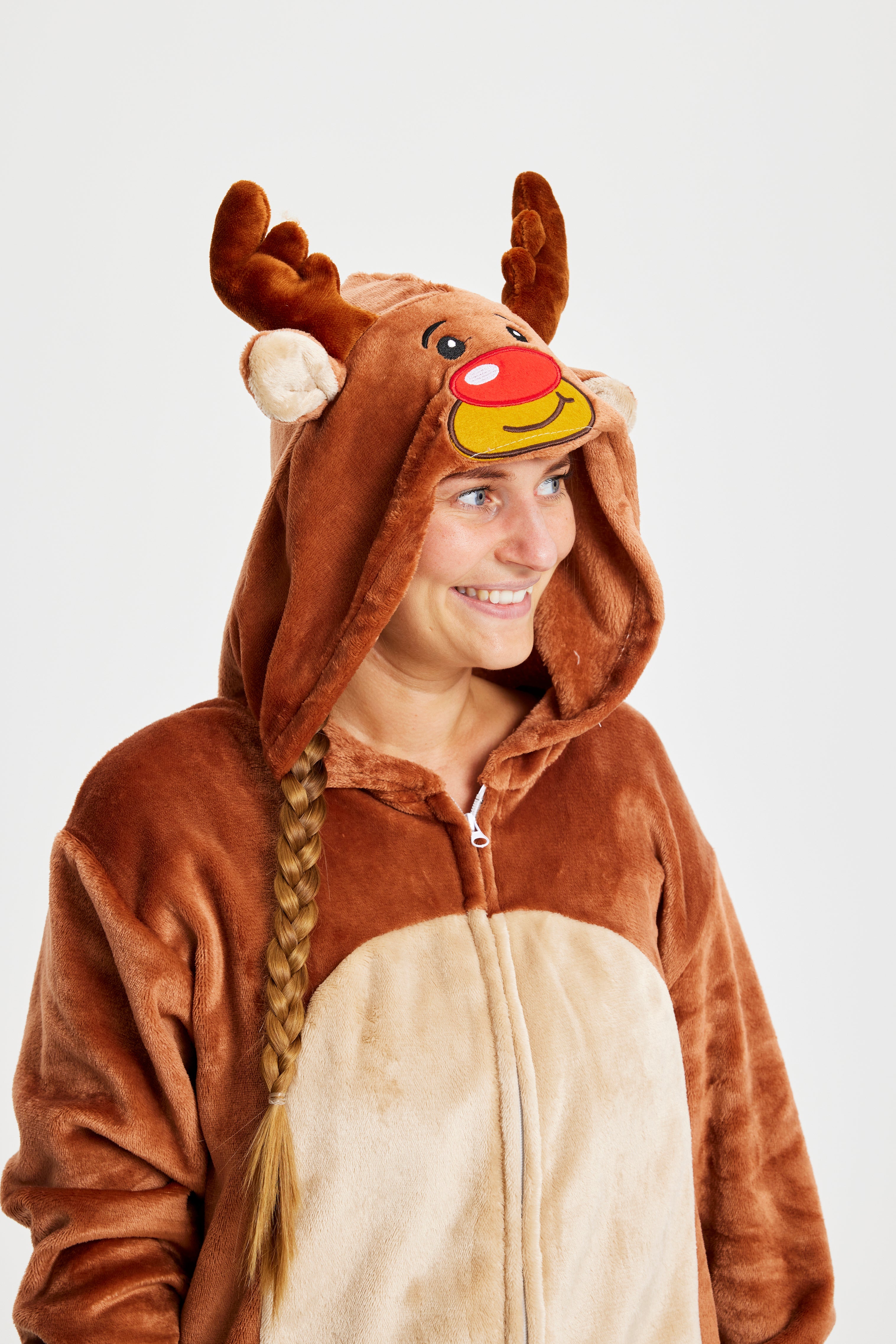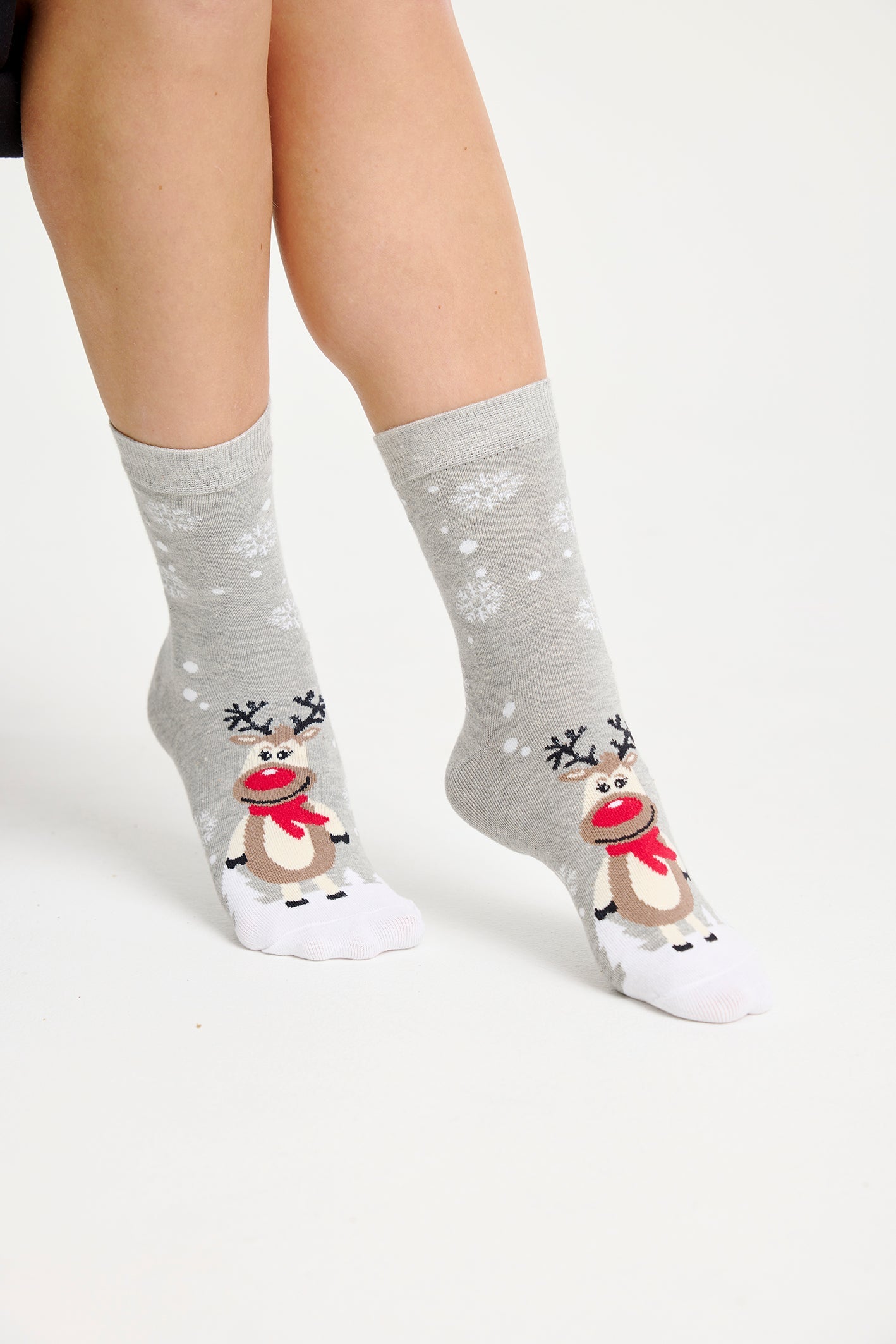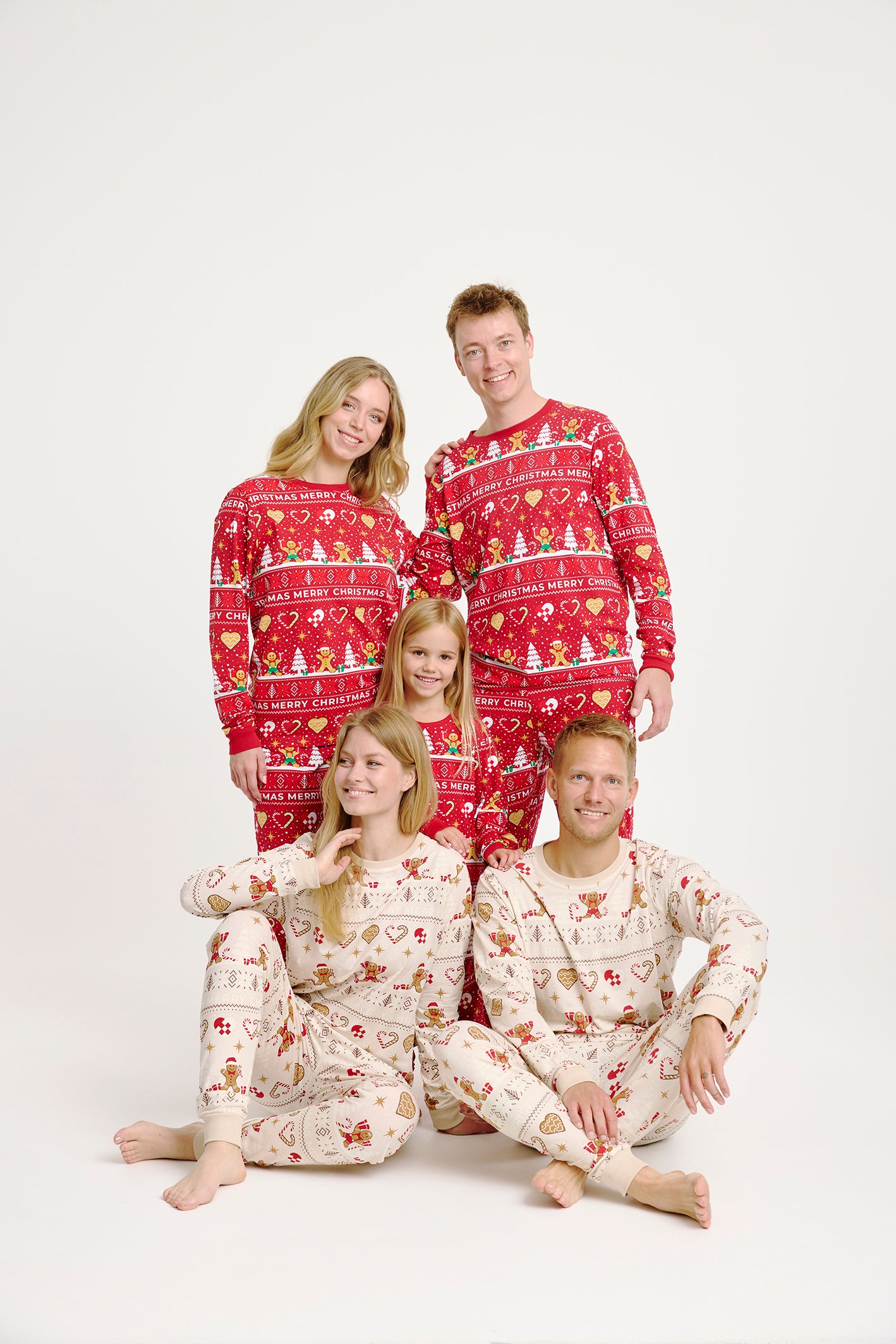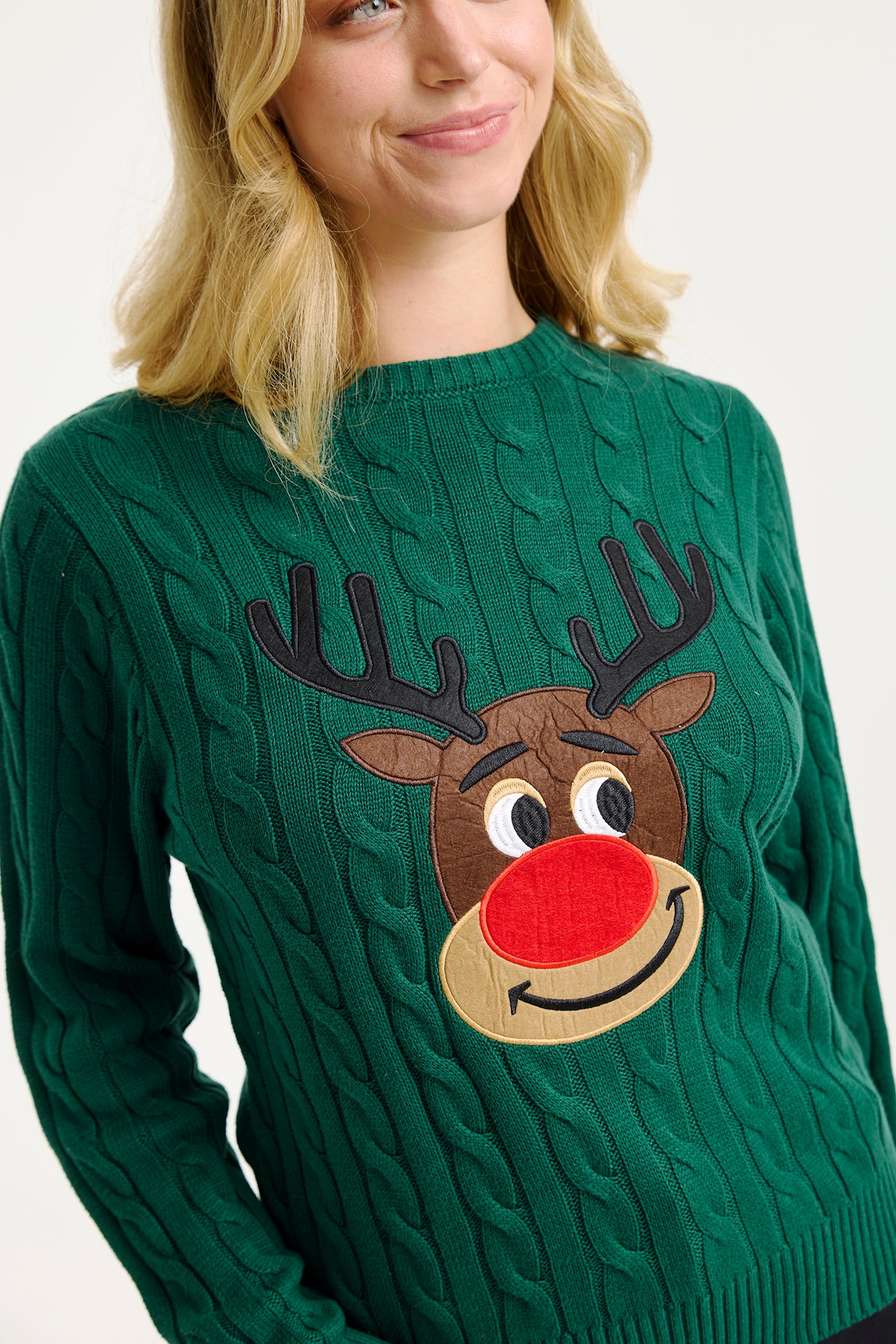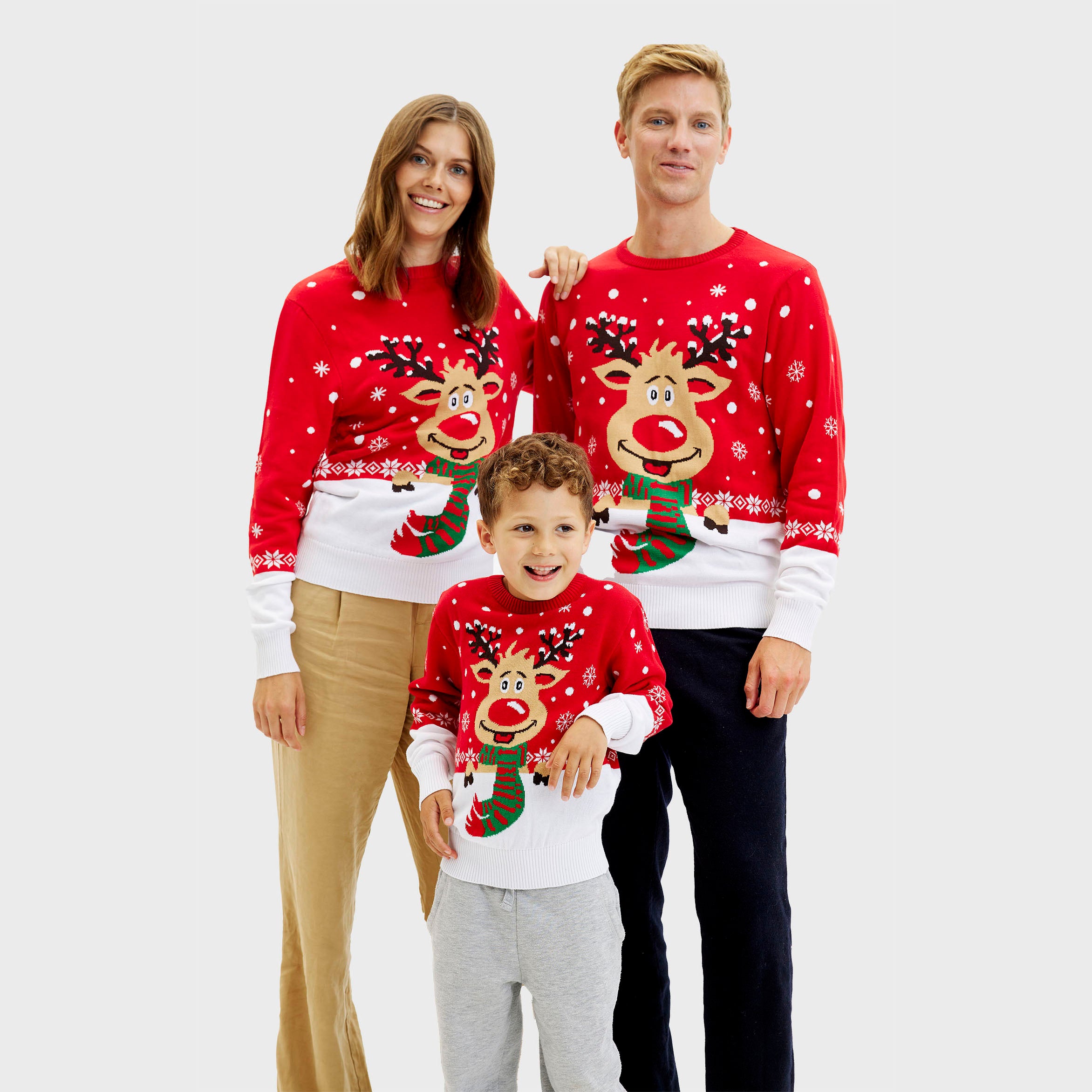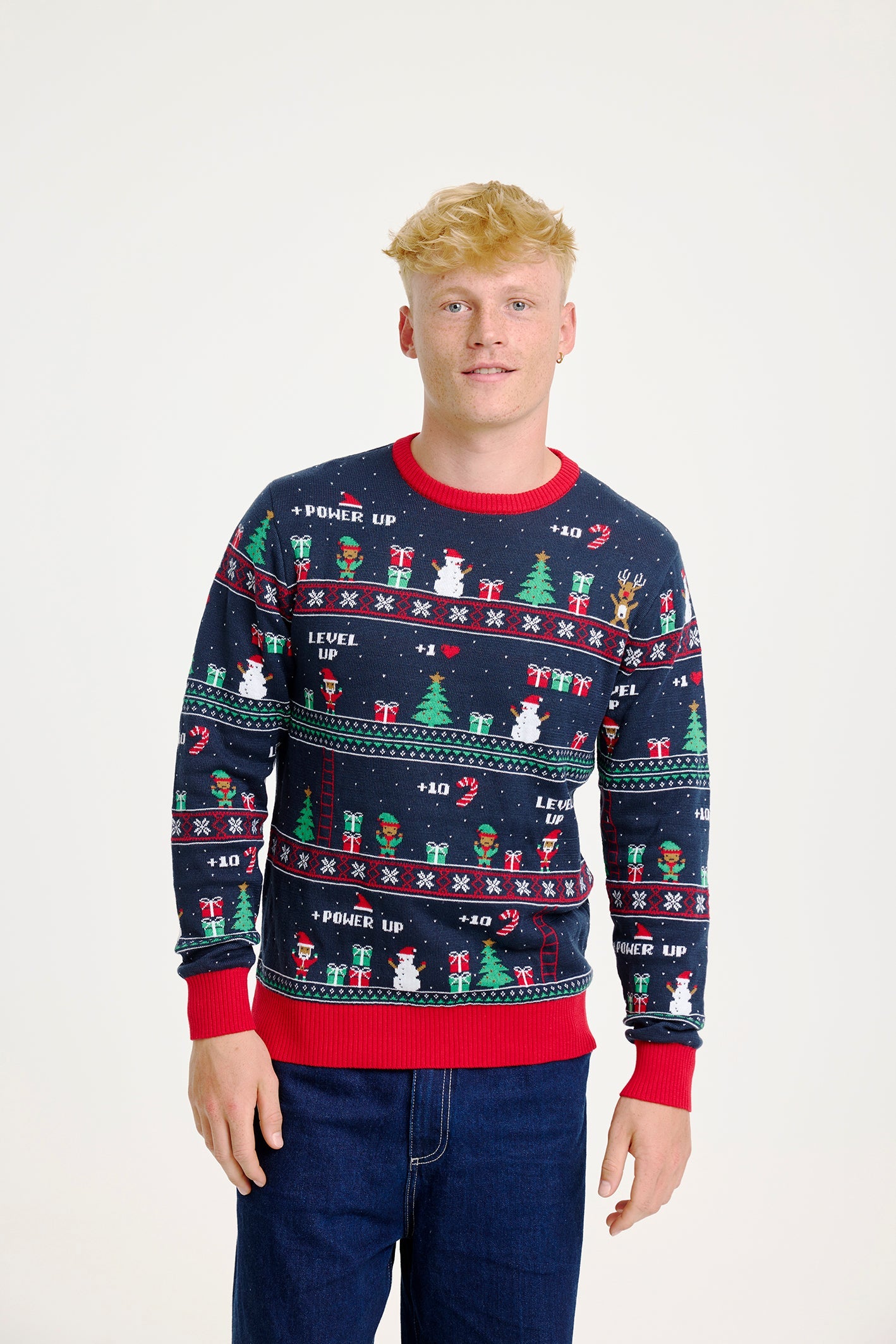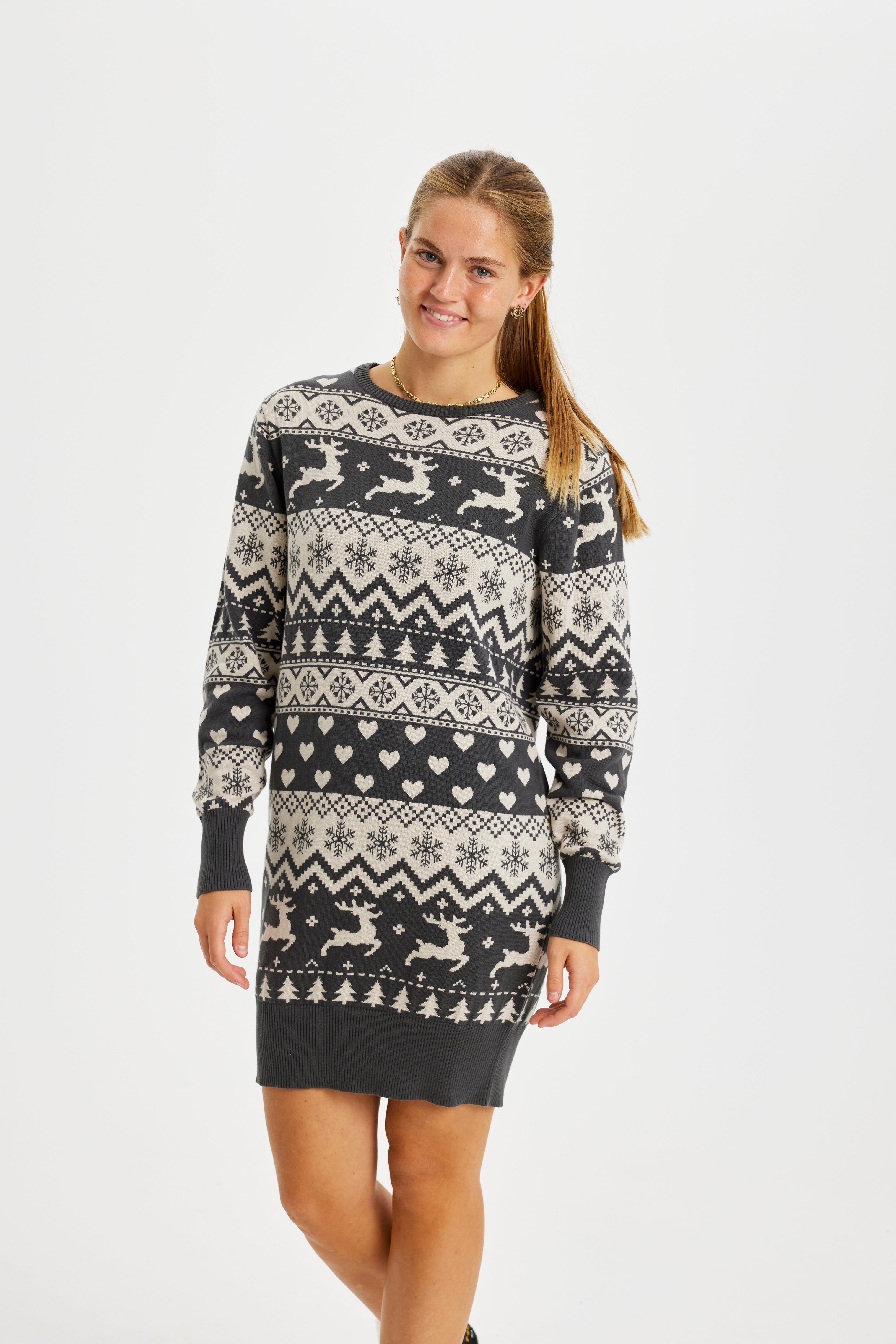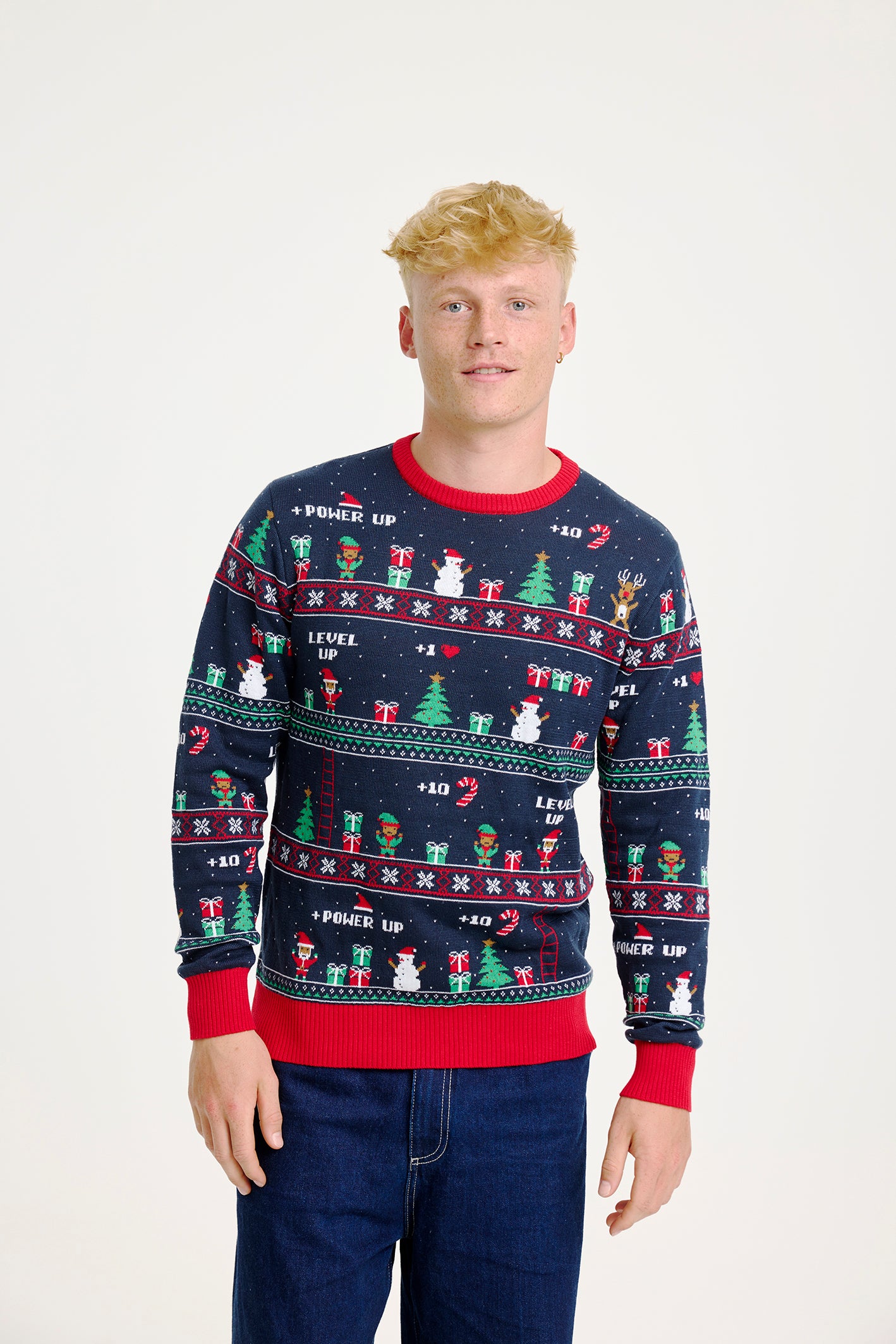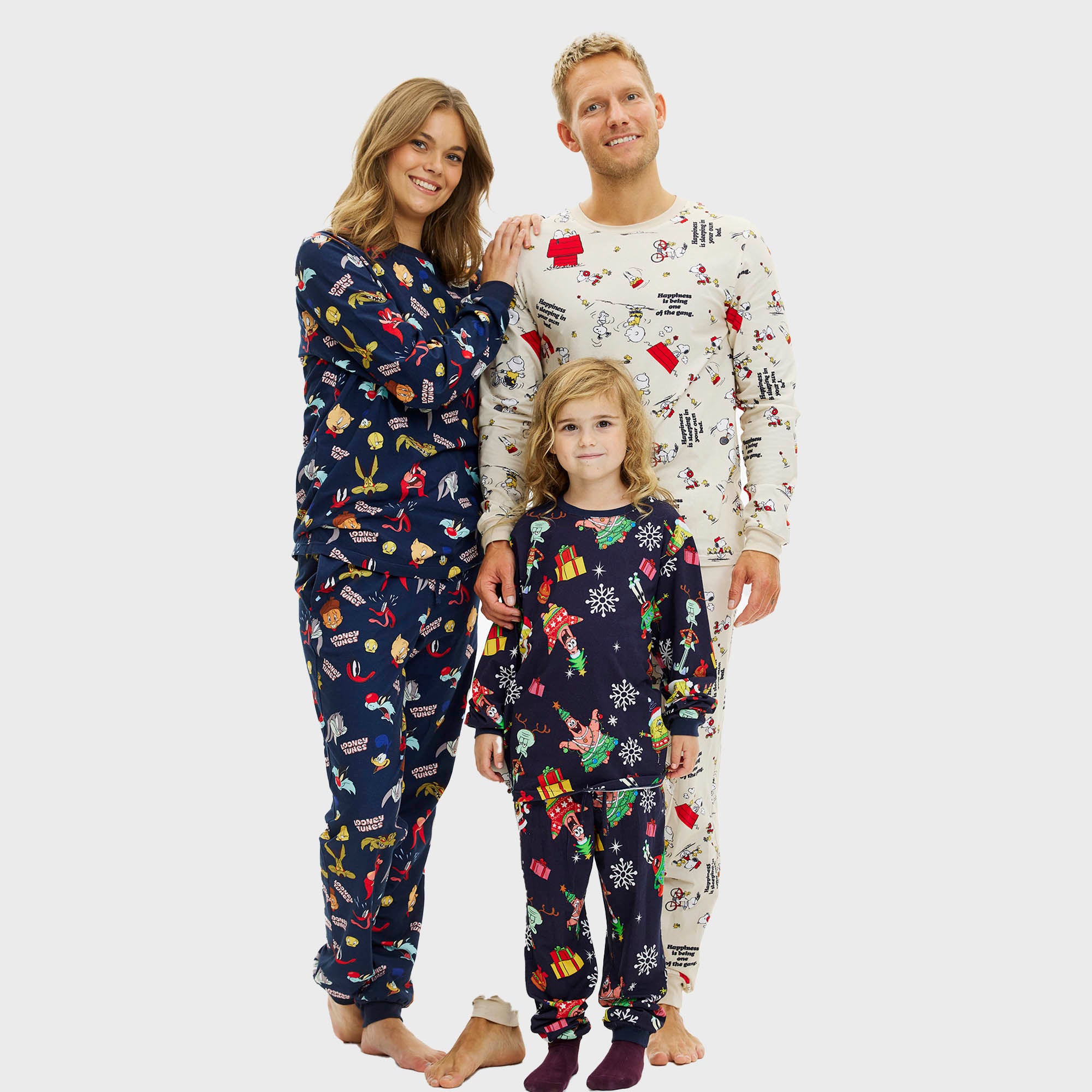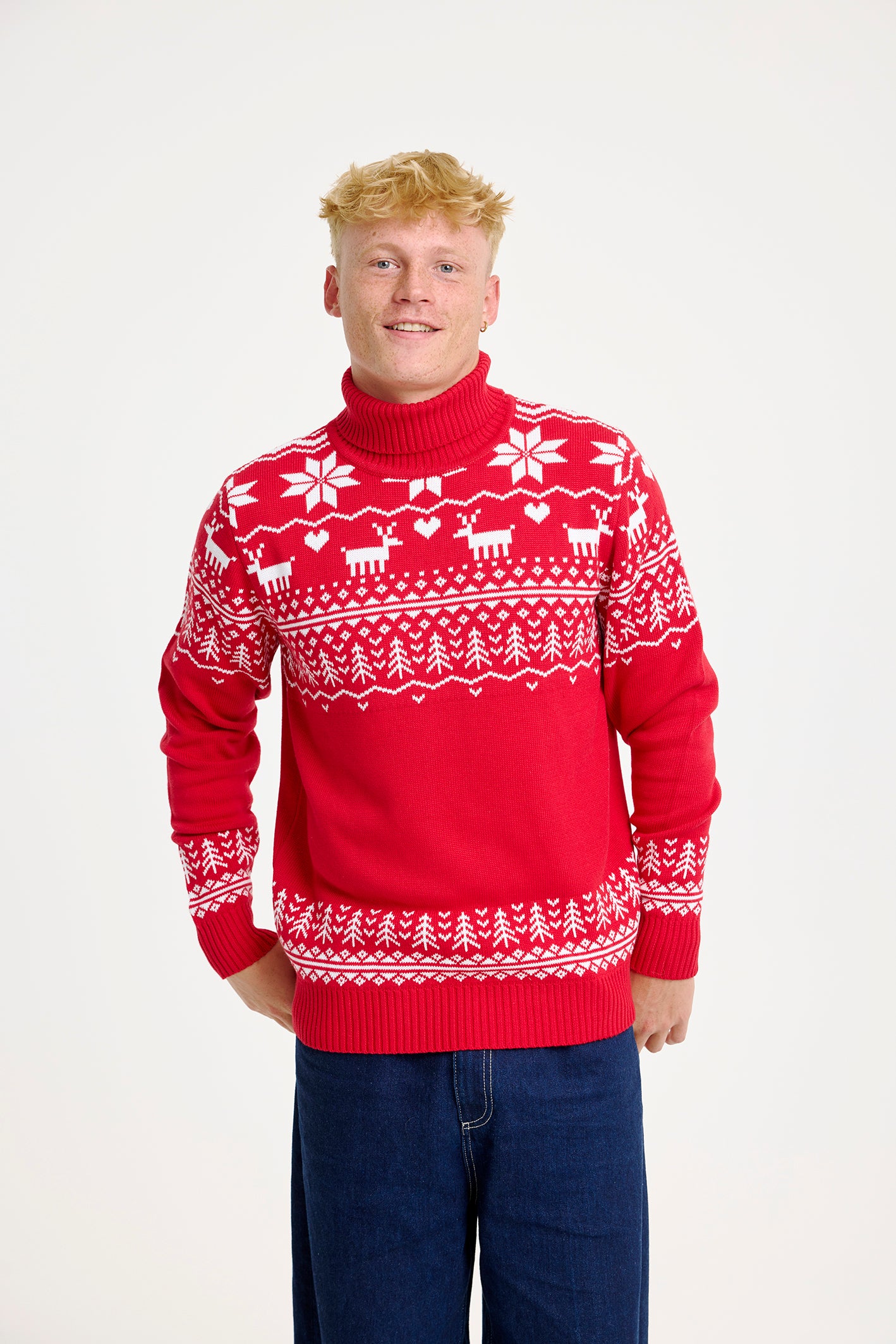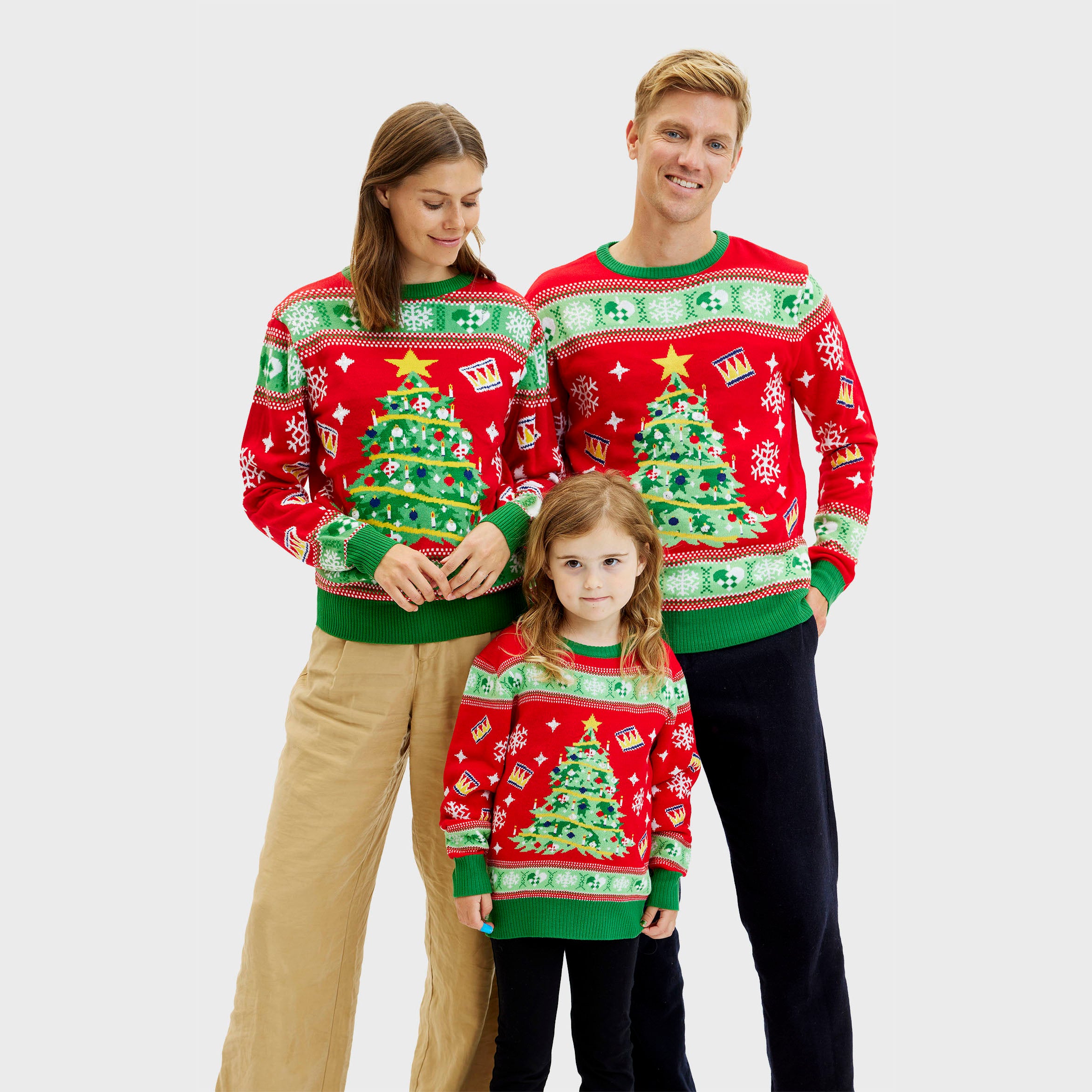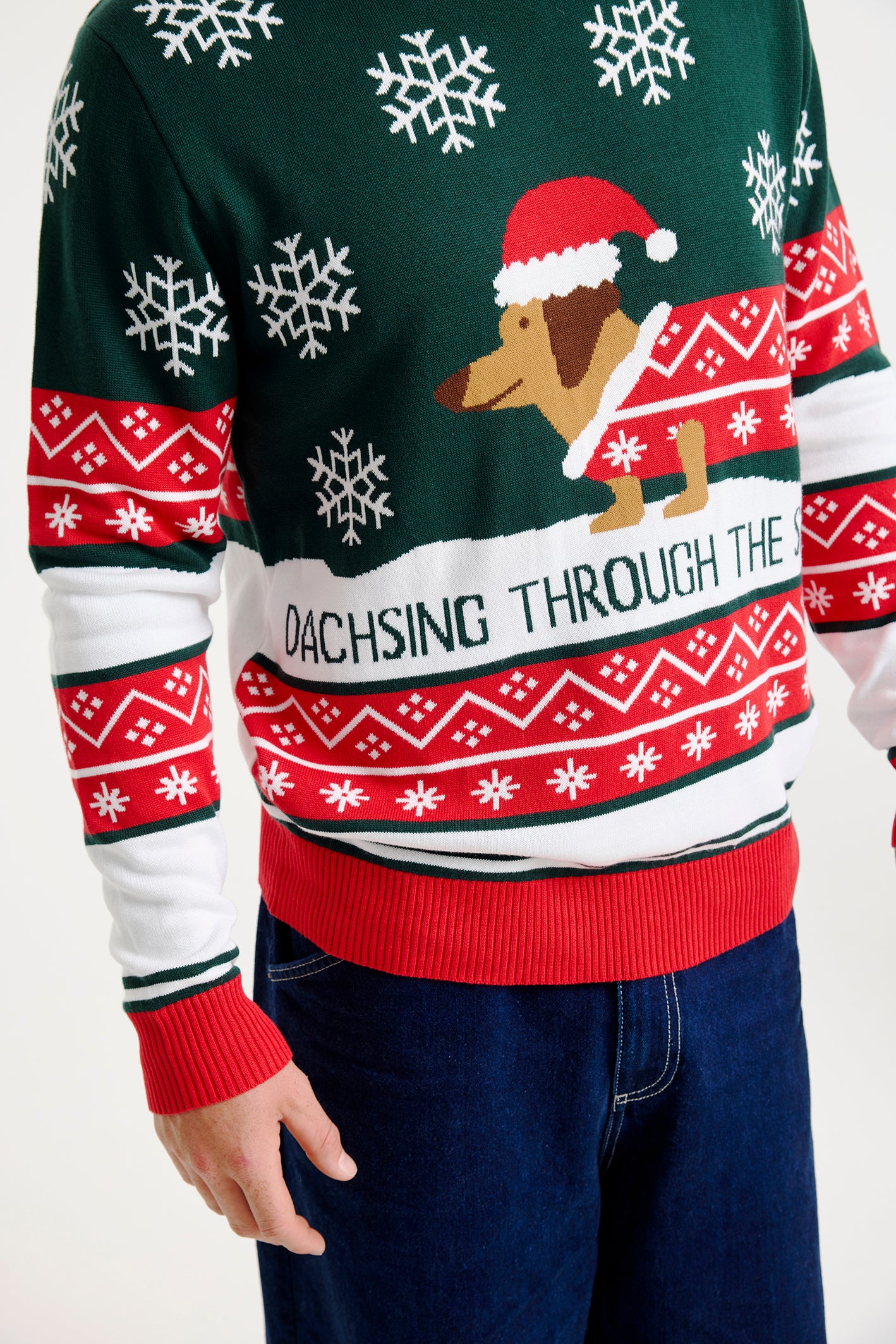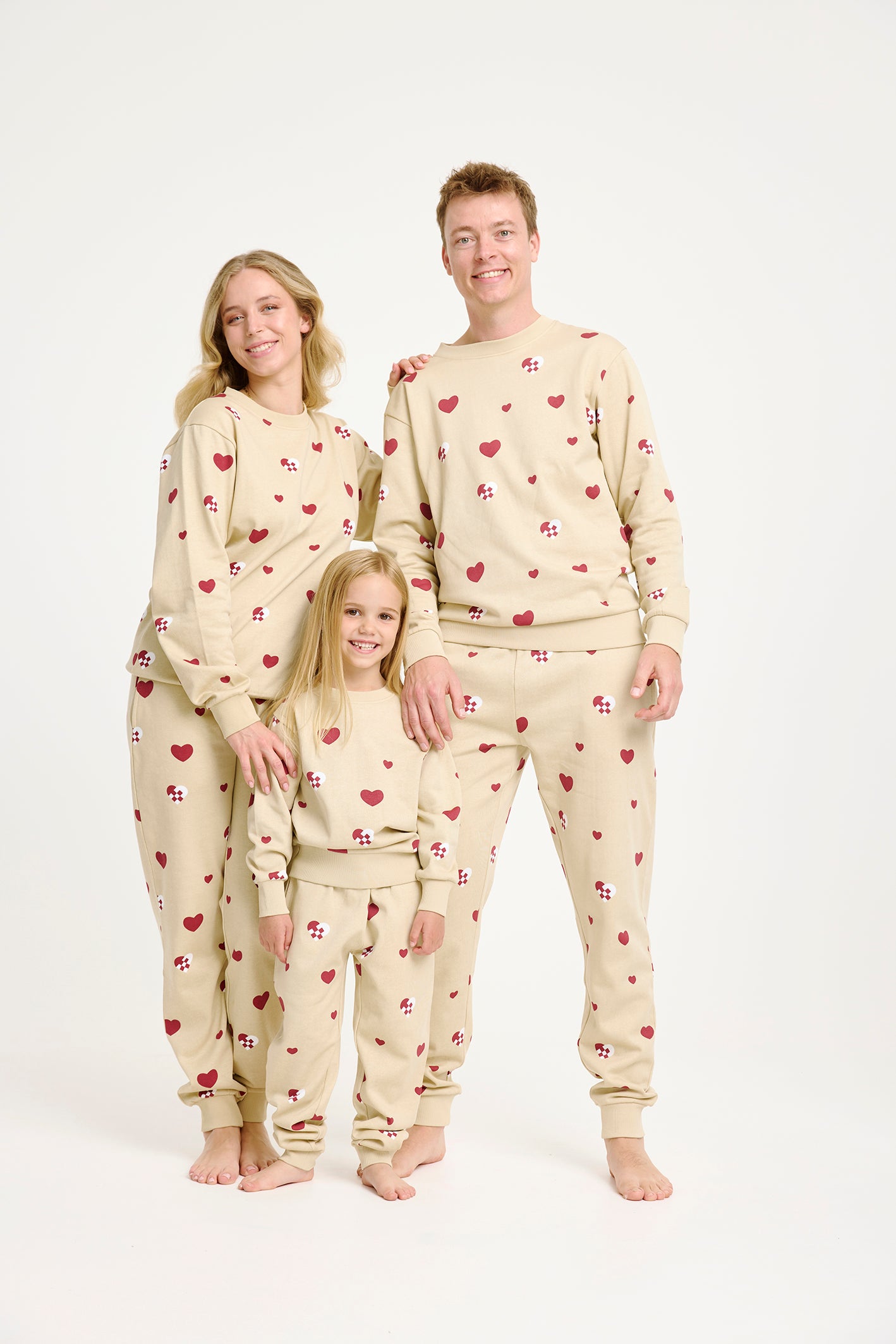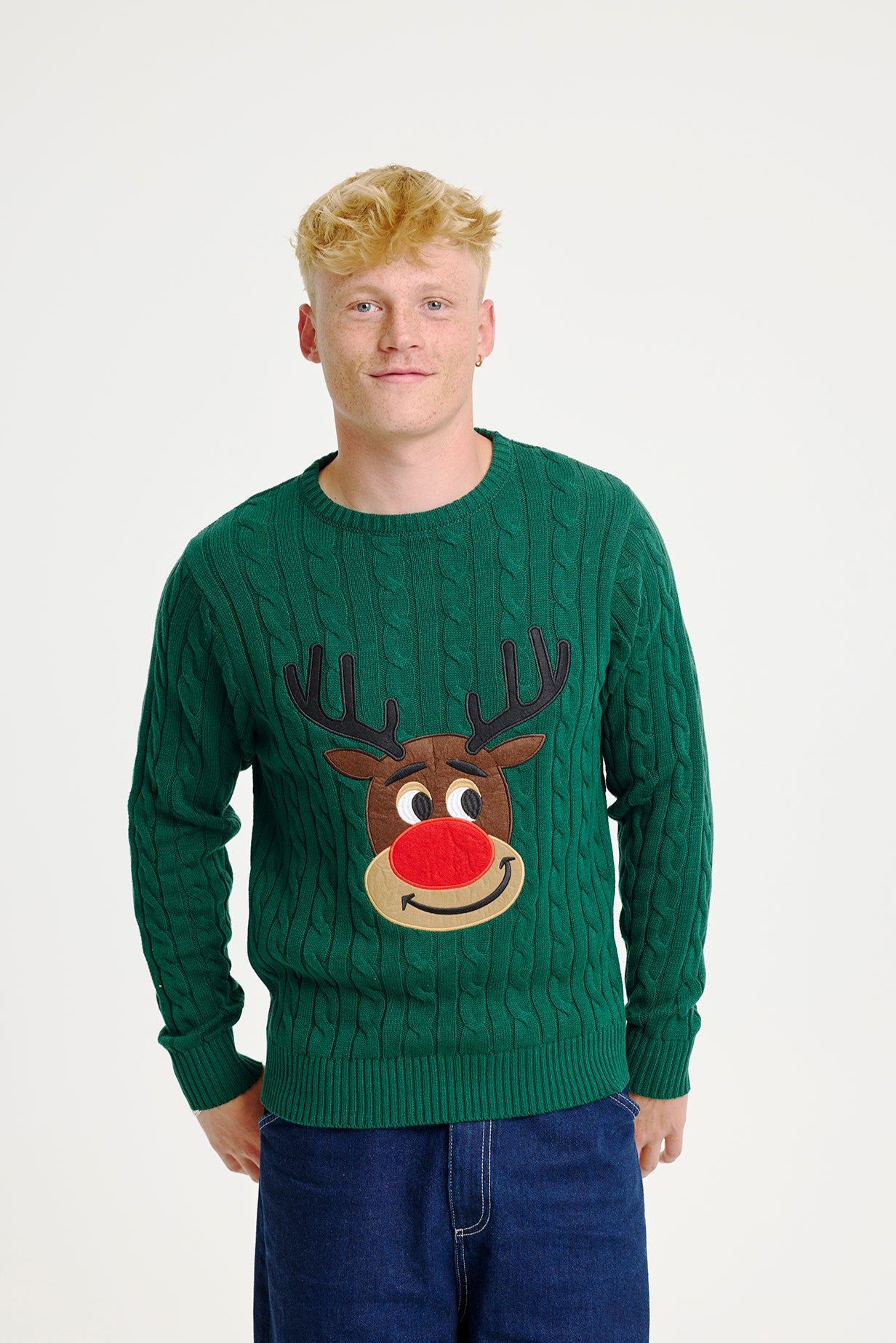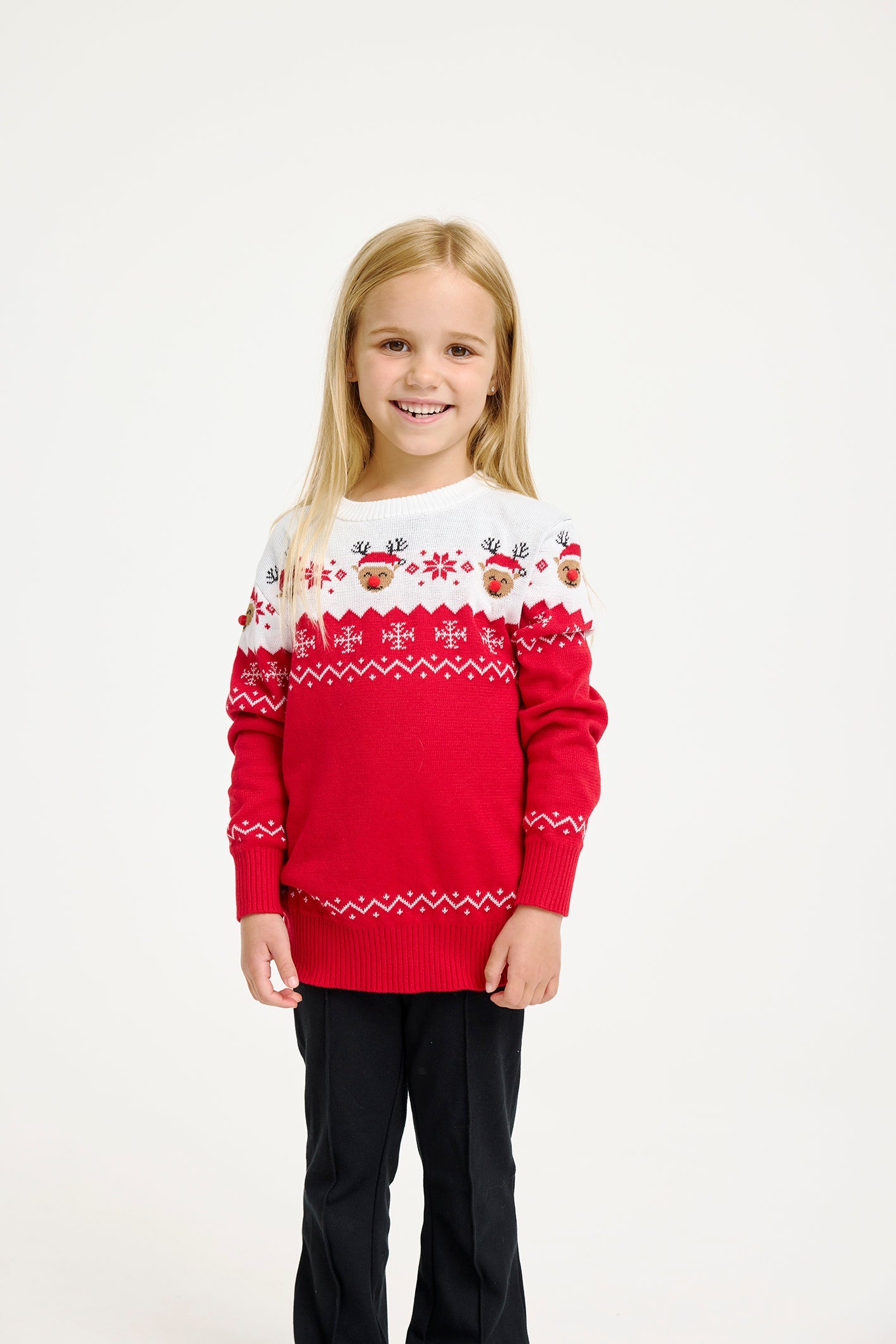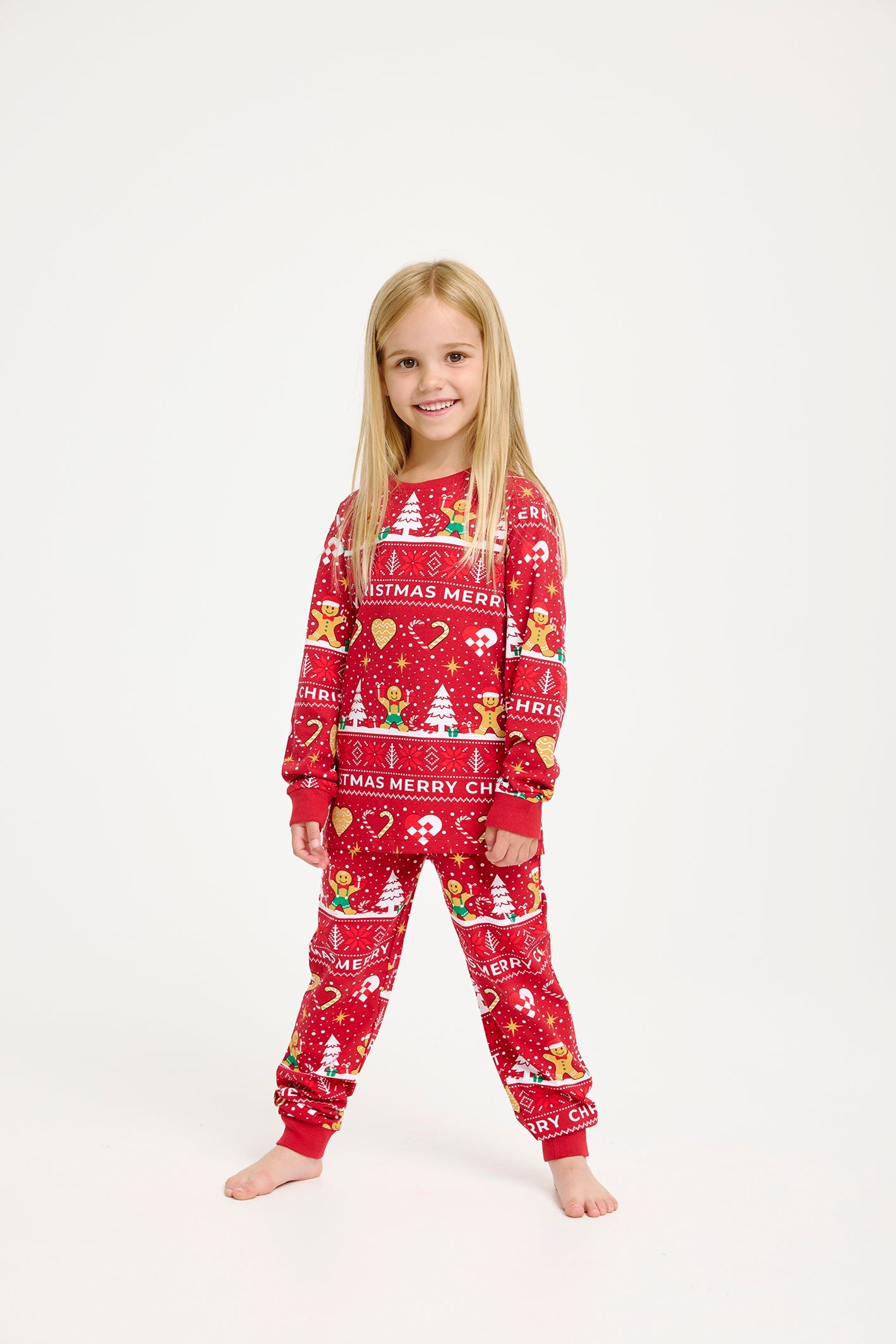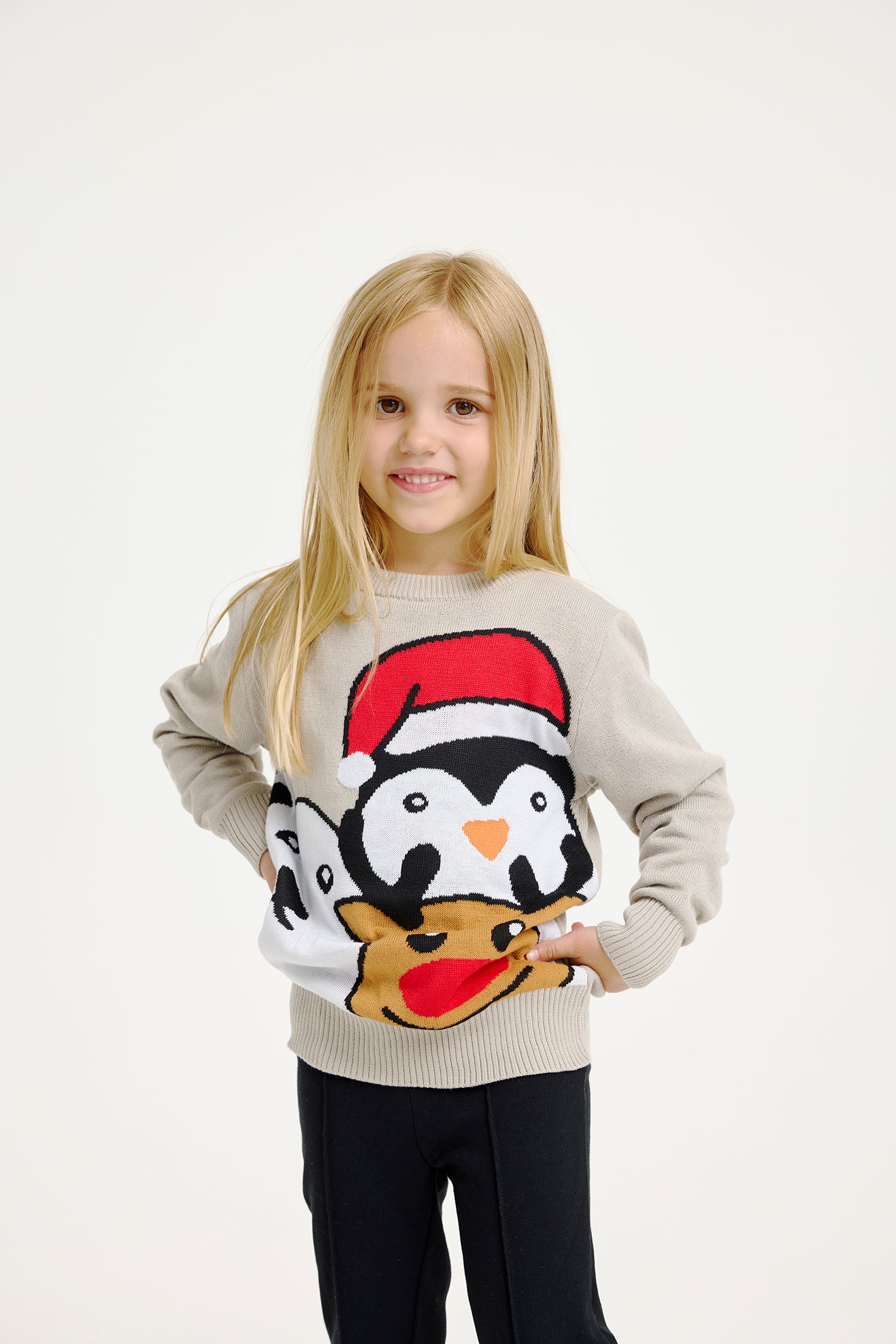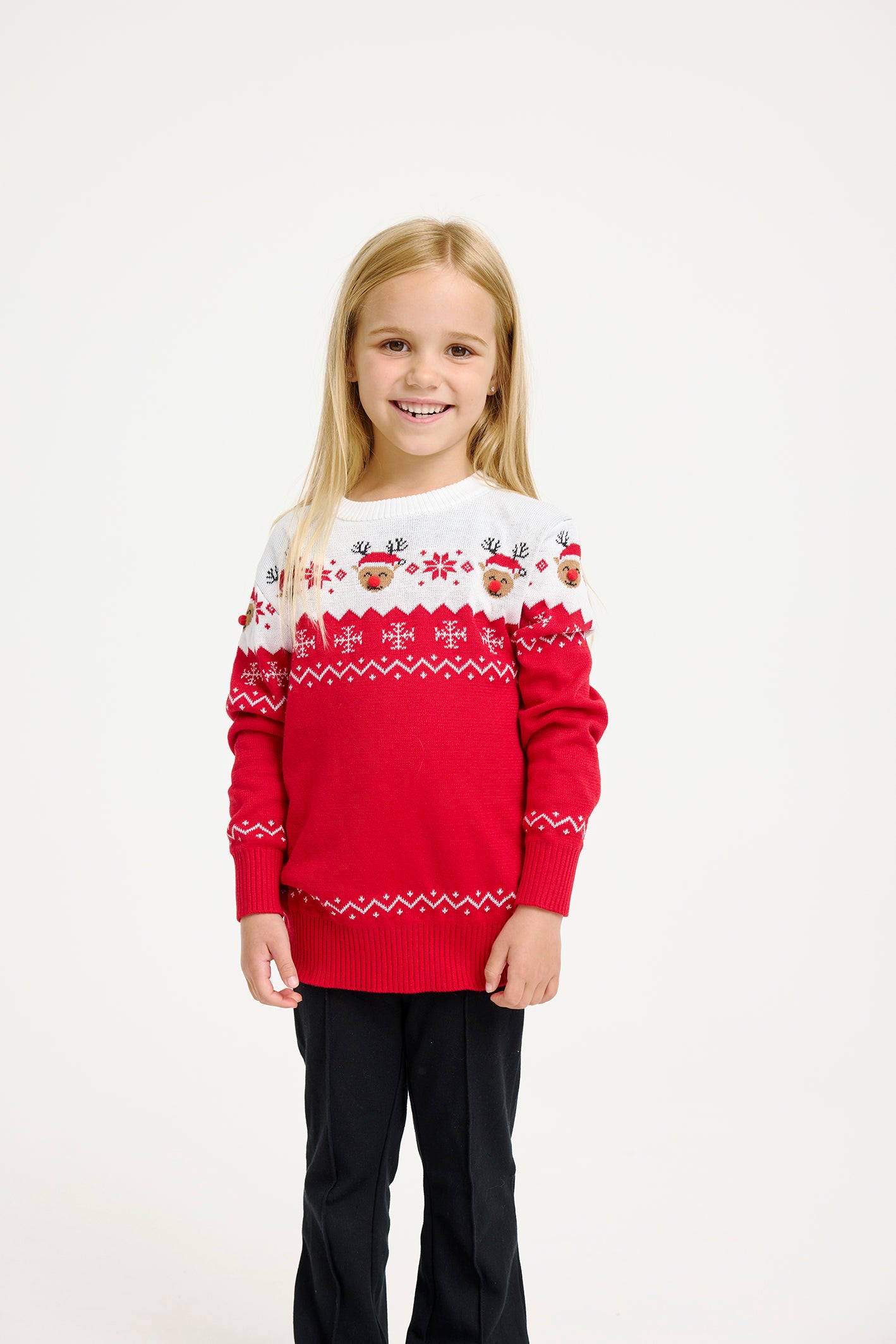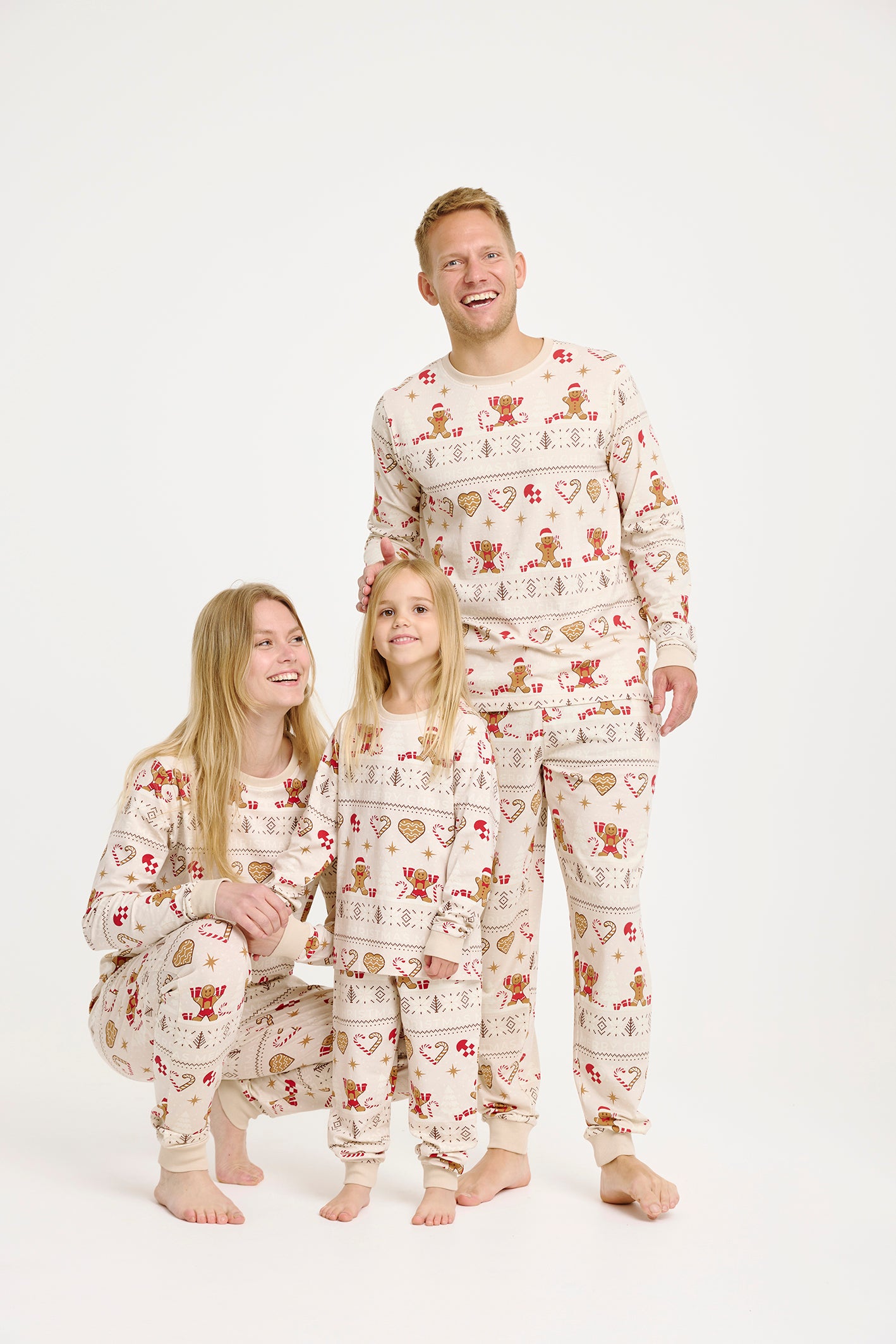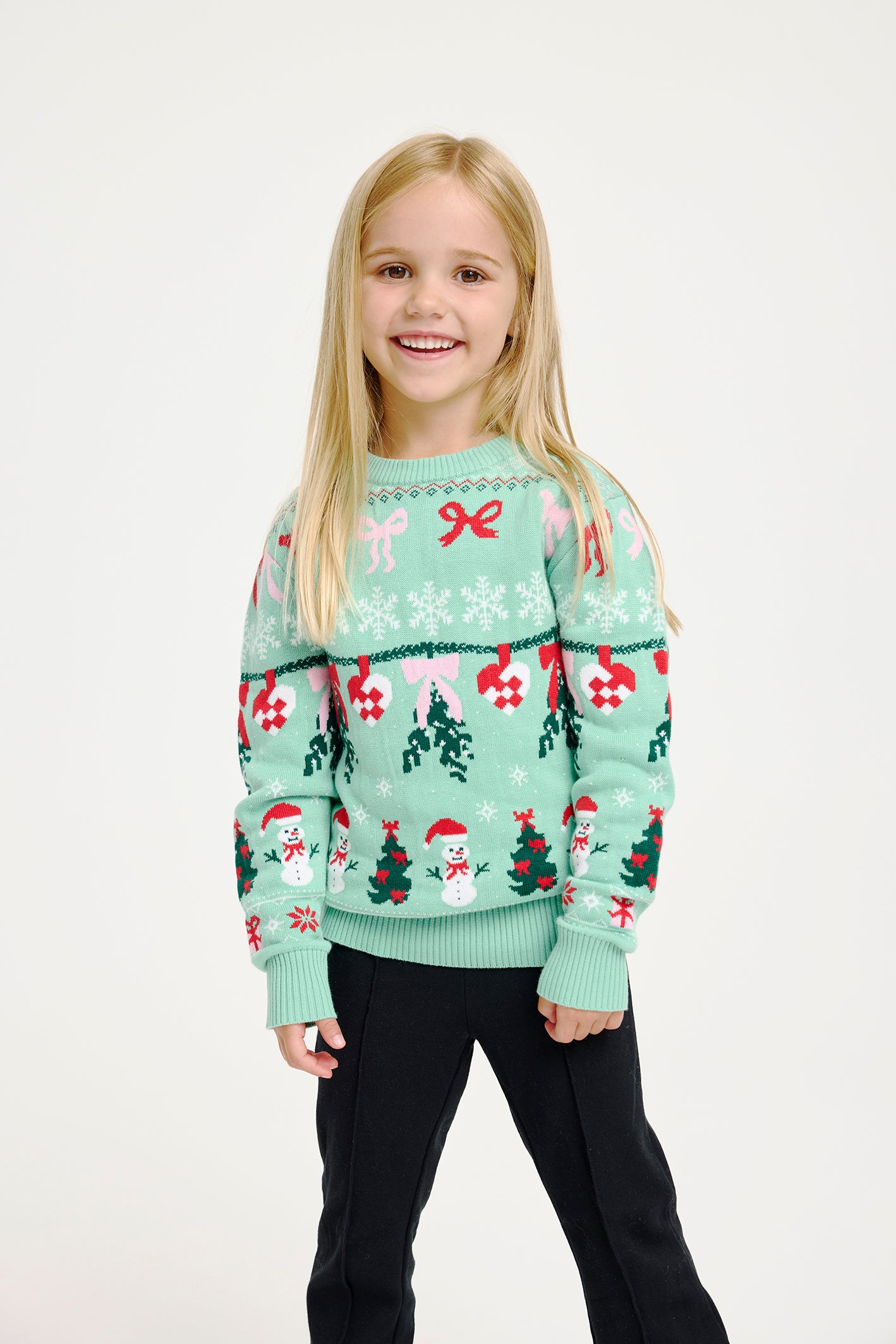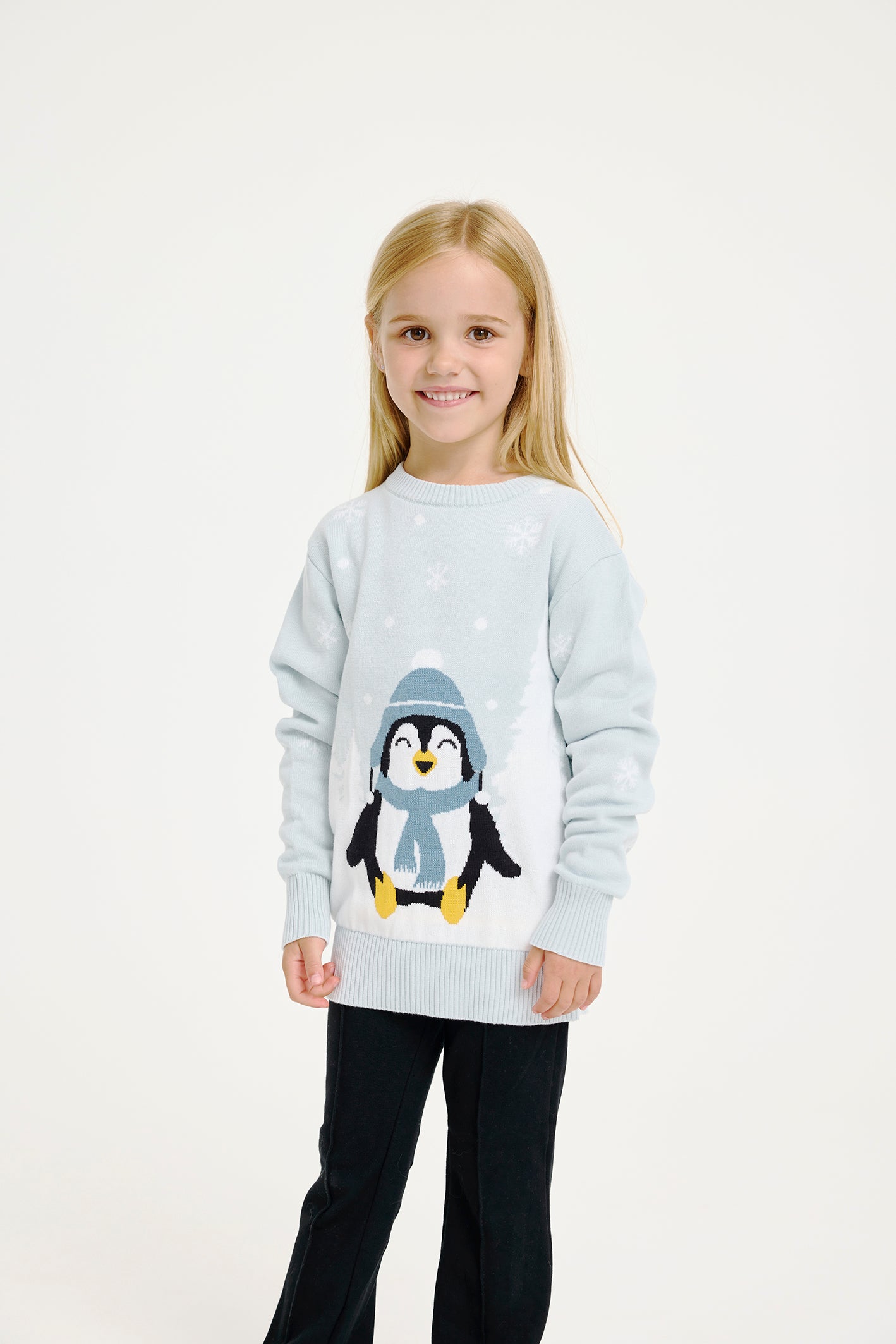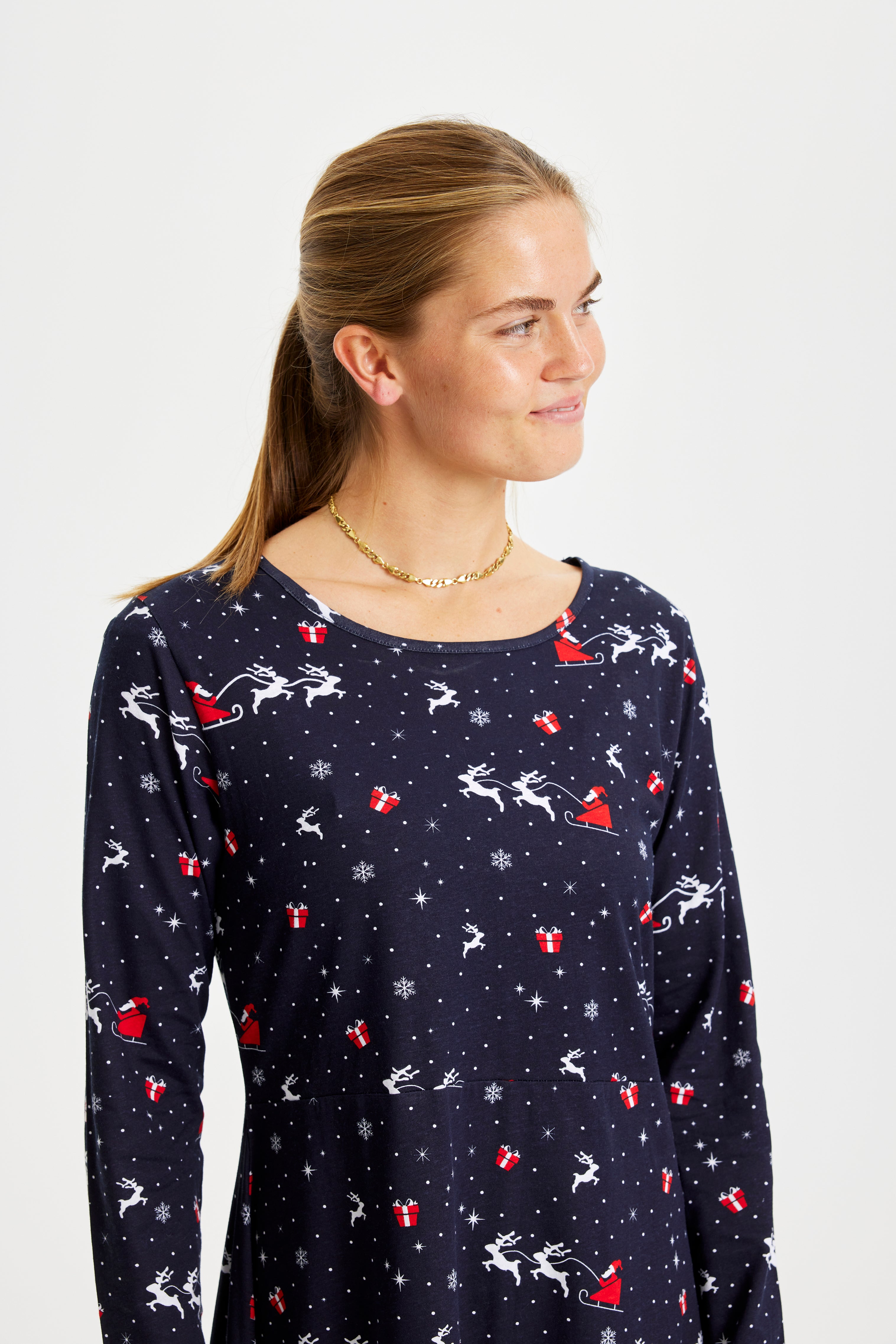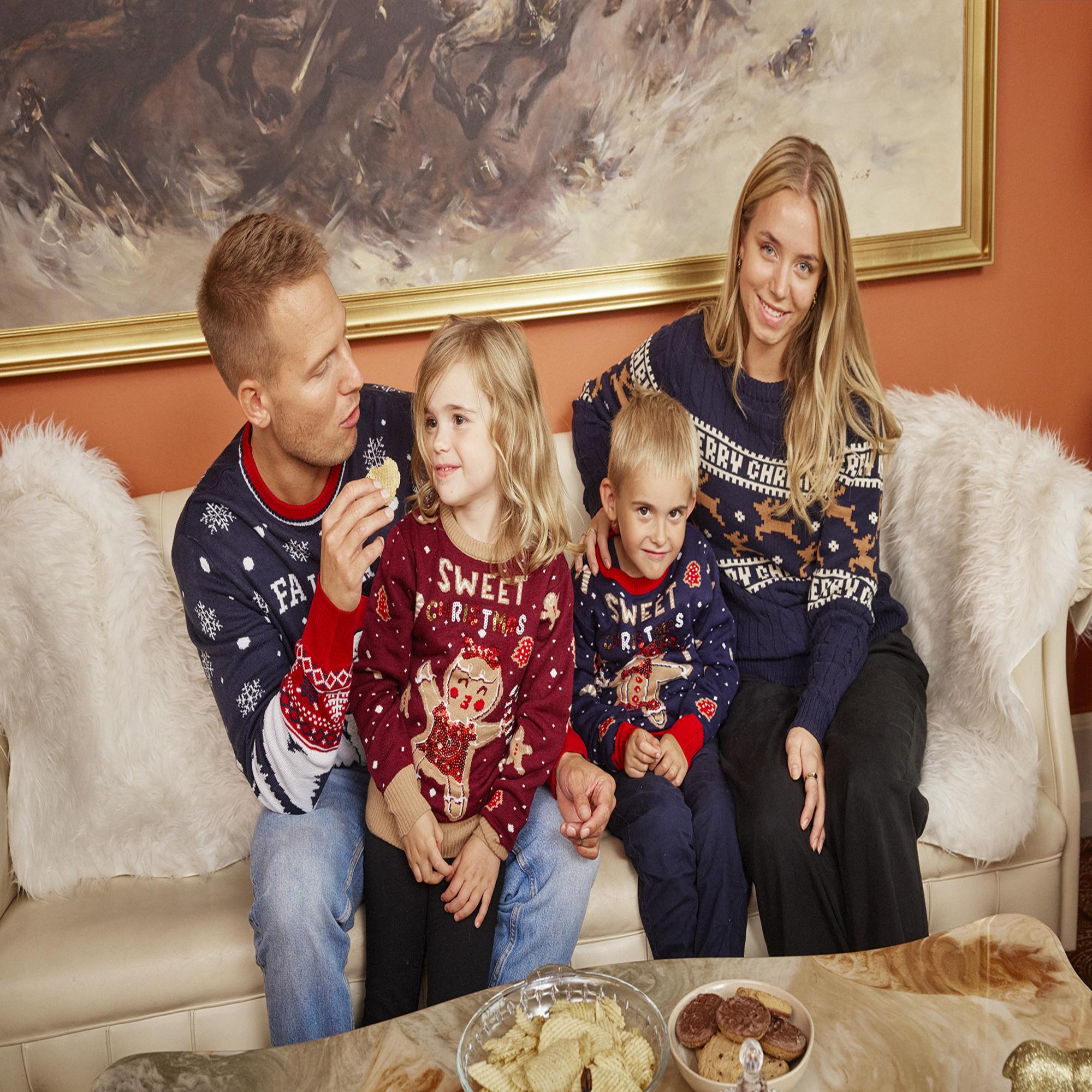20 November 2025
Christmas activities for toddlers that spark joy

Small, hands on moments with your toddler can turn an ordinary afternoon into a memory you cherish, and simple christmas activities for toddlers are the easiest way to make that happen. Choose one short, clear task, sit close and join in, and you will see how a small craft or game sparks concentration, giggles and gentle connection.
Define scope
These ideas suit roughly 1 to 4 year olds, and prioritise play, sensory engagement, motor development and family connection. Expect very young toddlers to need close modelling and short time windows, while older toddlers happily repeat a favourite activity and add detail. Keep materials safe, non toxic and free of small parts for children under three, and adapt steps so everyone can join.
Core principles
- Simplicity: choose few steps and easy set up so the child stays focused.
- Sensory engagement: include touch, simple tastes, sound and movement to invite exploration.
- Motor skill focus: offer both fine motor options like pressing shapes and gross motor options like short relays or dances.
- Safety and supervision: keep choking hazards away, use washable supplies and supervise scissors and baking.
- Flexibility: make activities work at home, in a daycare or for mixed age groups by scaling time and materials.
Quick ideas to try
Short games such as a bauble blow race or a mitten unwrapping moment teach breath control and fine motor planning, while a mini treasure hunt with picture cards builds following directions and early problem solving. Creative projects like hand and footprint angels or simple salt dough ornaments let toddlers explore cause and effect, and decorating pre baked cookies with large sprinkles gives sensory feedback and decision making practice.
Pair a calm story and a short song with props for language rhythm, or take a nature collection walk to gather pinecones and twigs for a simple wreath. For cosy family photos after activities, matching outfits can make the moment feel special and playful, for example by choosing a kids Christmas sweater to coordinate smiles and tiny victories during the day. For relaxed evenings try soft matching christmas pajamas and a short reading session, and for a goofy family laugh include adults in funny Christmas sweaters for a quick group dance.
If you want printable picture cards or a one page planning sheet to make assembly faster, those elements keep the focus on shared time rather than preparation. Small, repeated rituals will make these christmas activities for toddlers into treasured family routines.
Simple party games to try
Keep rules short and repeatable so toddlers can join quickly. Each game below includes a brief note on the skill it supports to help you choose according to the child’s development.
Bauble-blow race?
Place a lightweight bauble or paper ball at one end of a low table and let toddlers blow it across to a finish line. Supports breath control, oral motor skills and hand-eye coordination.
Mitten unwrapping?
Wrap a small safe surprise in layers and have the child open one layer while wearing oversized mittens. Trains fine motor planning, patience and sequencing.
Pin the nose on the reindeer?
Use large sticky nose pieces and keep distances short. This toddler version promotes spatial awareness, turn-taking and gentle rule following.
Mini treasure hunt?
Hide 4 to 6 picture cards around one room and give a single picture clue at a time. Builds following directions, visual search and early problem solving.
Santa relay and movement dances?
Short relays with a lightweight sack or simple dances to holiday songs encourage gross motor skills, rhythm and group enjoyment.
Bingo with pictures?
Simple cards with recognizable holiday images help attention, matching and early vocabulary as children mark found pictures.
Creative and craft projects
Choose large, safe materials and keep steps visual. Offer a sensory element such as felt, cotton or foil to expand vocabulary while children explore textures.
- Hand and footprint angels using non toxic paint and paper to create keepsakes and demonstrate cause and effect.
- Fused bead ornaments as an option for older toddlers with close supervision and pre arranged patterns for sorting.
- Paper plate reindeer and star garlands using safe scissors, glue sticks and stickers to practise cutting and sequencing.
- Collage sensory cards made from felt, cotton and foil to encourage naming of textures and tactile exploration.
Make simple salt-dough ornaments
A short, joint activity that gives toddlers a clear sequence: make, press, and later decorate with adult help. The baking step must be handled by an adult.
Materials
- 1 cup flour
- 1 cup salt
- About 1/2 cup water
- Cookie cutters and a straw to make a hole
How to do it:
- Mix flour and salt, then add water a little at a time until a dough forms.
- Press dough flat, cut shapes and use a straw to make a hanging hole.
- Adult bakes or air dries the shapes until hard; decorate later with safe paints when cool.
Tip:
Let toddlers press their hand into a shape before cutting to add a personal imprint for gifts or a keepsake.
Baking and edible crafts in short bursts
Keep sessions tactile and short. Rolling cookie dough or forming no bake oat balls gives bilateral hand practice and a taste reward. Decorating pre baked cookies with large sprinkles supports fine motor control and choice making.
Music, books and movement
Pair a short song with a prop such as a bell or scarf to scaffold attention. Read a picture book with tactile elements and invite the child to turn a single page to build joint attention and vocabulary. For calm transitions, a brief story-under-the-blanket moment signals a predictable end to busier play.
Nature and outdoor ideas
Takes are best kept brief and focused: collect pinecones and twigs on a short walk for indoor decorating, make a tiny snowman together or arrange found items on a simple wreath base. These tasks promote observation, seasonal vocabulary and gross motor exploration.
Practical adaptations and logistics
- Age adaptations: 12–24 months keep choices to one or two steps; 24–36 months add simple decisions; 36–48 months allow small sequences and brief leadership chances.
- Time windows: 5–10 minutes for very young toddlers, 15–30 minutes for older toddlers.
- Mess management: use trays, washable mats and aprons; take messy play outdoors where possible.
- Safety checklist: avoid small loose beads for under three years, use non toxic paints and supervise scissors and oven steps.
Activity at a glance
- Bauble-blow race | 12–36 months | 5–10 min | Low mess | Gross motor and breath control
- Mitten unwrapping | 18–36 months | 5–15 min | Low mess | Fine motor planning
- Salt-dough ornaments | 24–48 months | 20–40 min (including drying) | Medium mess | Sensory and fine motor
- Mini treasure hunt | 18–48 months | 10–20 min | Low mess | Following directions and problem solving
- Decorating cookies | 24–48 months | 10–30 min | Medium mess | Fine motor and choice making
For matching outfits in family photos or cosy evenings, consider coordinating options like kids christmas sweater or a set of matching christmas pajamas to make moments feel playful and cohesive without extra fuss.
More ideas to try
When the house smells of baked spice and the sound of a gentle carol fills the room, small new activities can feel like tiny celebrations. Try a sensory bin filled with artificial snow or a baking soda and water mix, with scoops and small figurines for pouring practice and tactile discovery. A countdown advent craft can be as simple as a sticker calendar with 24 little pictured tasks, each day offering a short, predictable moment of joy and anticipation.
For quiet afternoons, a short puppet skit with soft toys invites story-driven role play, where a single, familiar tale is acted out in small, repeatable scenes that build language and social play. Printable play sheets with matching, colouring and sticker tasks are perfect for calm table time when little hands need focus. For visits or transitions, prepare a low-prep celebration bag containing one sensory toy, one sticker sheet and one snack to soothe and entertain without fuss.
As you try new ideas, keep the sensory details in mind: the scent of pine from a nature walk, the warm weight of a knitted Christmas sweater while you sit close, the crinkle of foil and the soft sound of a scarf in a song. These small cues turn simple moments into lasting memories and help make new traditions part of family life.
Implementation tips for caregivers
Preparation is the quiet secret to a smooth session. Arrange materials in labelled trays so you can offer one tray at a time and reduce waiting. Pair an activity with a short song or a single page from a book to scaffold attention and mark the beginning and end of play. For mixed-age groups, set up short stations and rotate every 8 to 12 minutes while keeping an adult at each station to model and guide.
Include clean-up as part of the fun, for example sing a tidy-up song and count toy returns. If energy runs high, a brief movement break such as a simple Santa stomp or a scarf wave can reset focus. When weather allows, move messy play outdoors where the smell of cold air and pine makes sensory games feel new.
To make moments feel extra cosy, wear coordinating outfits during photo-ready activities. A soft kids christmas sweater for little ones and comfortable loungewear for adults invite cuddles and make the session feel like a small family ritual.
Mini how-to examples
Salt-dough ornament. Mix 1 cup flour and 1 cup salt, add water a little at a time until a dough forms. Press dough flat, cut shapes and make a hanging hole with a straw. Adult bakes or air dries the shapes until hard, then decorate when cool.
Simple treasure hunt. Hide 4 to 6 picture cards around one room. Give one picture clue at a time and model searching together. Celebrate each find with a labelled praise word such as "great find" to support language and confidence.
Printable elements to prepare
- Picture-based treasure hunt cards
- One-page activity-at-a-glance planner
- Simple sticker calendar template for a 24-day advent
- Matching and colouring sheets sized for toddlers
Frequently asked questions
What materials are safe for toddlers in Christmas crafts?
Use non-toxic, washable paints and glues. Choose large, non-chokable pieces for children under three. Reserve scissors, hot glue and oven steps for adults and supervise all hands-on moments.
How long should a toddler activity last?
For 1 to 2 year-olds aim for 5 to 10 minutes. For 3 to 4 year-olds allow 15 to 30 minutes. Follow the child’s attention and end on a positive, calm note.
How can activities support development?
Simple crafts and games build fine motor skills through pinching and pressing, gross motor skills through dancing and relays, language through songs and stories, and sensory exploration through touch and smell.
How to adapt activities for groups or daycare settings?
Use clear stations with simple rules, prepare materials in advance and choose low-choke tasks. Include a short group song to gather attention and keep rotations brief.
What if a toddler is reluctant or fussy?
Offer a short, low-pressure alternative such as a sensory tray or reading corner. Model the first step and keep choices very limited to avoid overwhelm.
Are edible craft options appropriate?
Yes, when ingredients are age-appropriate, supervised and allergy-aware. Provide non-edible parallels like play dough if allergies or mess are a concern.
How to prevent craft-related hazards?
Keep small parts out of reach for under three year-olds, supervise all activities and use age-suitable tools. Clearly separate edible and non-edible materials during sessions.
How to make activities feel special without large preparation?
Re-use familiar songs or stories, add a simple seasonal prop such as a soft bell or cosy blanket, and focus on shared attention rather than elaborate setups to create memorable moments.
Also view
20 November 2025
Matching Christmas sweaters are an easy styling strategy that unifies color, pattern and mood across indoor and outdoor family photos,...

